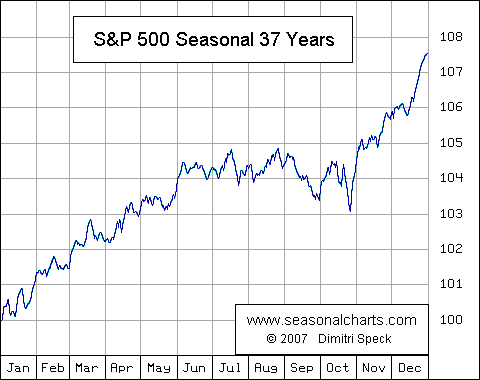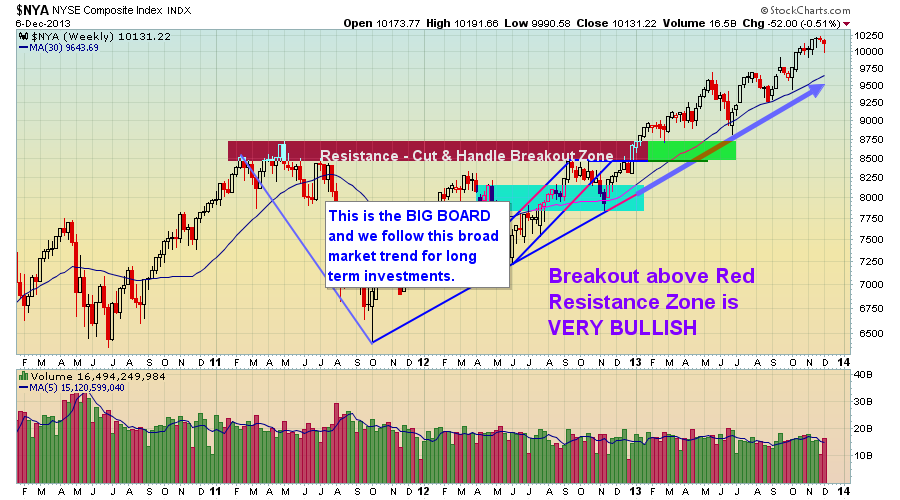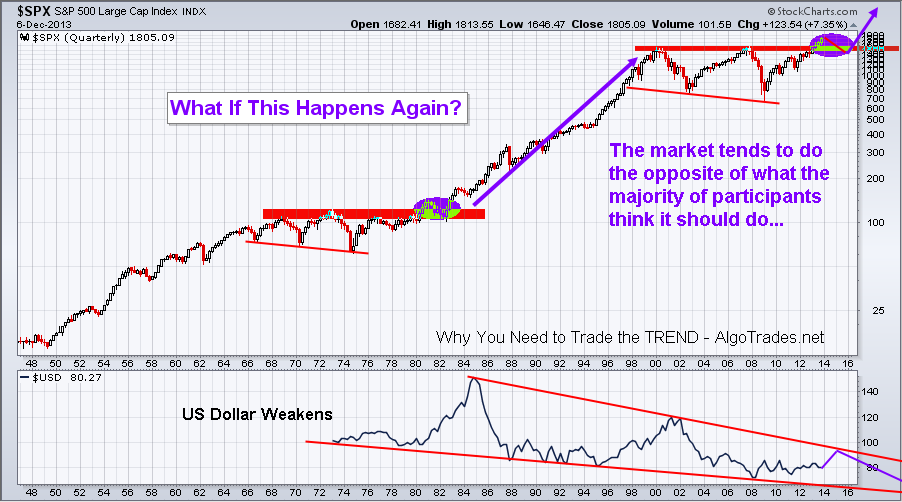This is part three of a five part series of the four biggest mistakes traders and investors make which costs them time, money and usually self-confidence when trading stocks, ETF’s or futures trading strategies.
The Four Biggest Mistakes
1. Lack Of A Trading Plan – Part I
2. Using To Much Leverage – Part II
3. Failure to Control Risk
4. Lack Of Self-Discipline
Mistake #3 – Failing to Control Risk
If you were to engage in something risky like skydiving, you or a team would check your parachute to be sure its packed properly, strapped on to your body correctly before you jumped out of the plane. If for some reason you were not told how to use the gear, like when to pull the ripcord etc… I guarantee you would ask them before you threw your body out of the plane. There is a real fear of dying so you naturally make sure you are in control of what you are about to do so your risk is managed and live another day.
But when it comes to trading this is not the case and you and I both know a good part of why. We all know people who have said rude things, quit jobs or broken up with a girlfriend or boy friend over the internet (email/text message). Let’s face it, it’s easy to be brave online and do things we would never really do in person. Heck, some of the emails I get from readers of my free weekly articles I post are so rude and some are threatening that all I can do is laugh. Because I know these people would likely never say the things they did to someone they have never met, and do it to their face all because they think my FREE short term market prediction does not fit their bias. I think you get the point here…
So when it comes to trading individuals get this what I call “Online Courage” and this is why so many fail to protect their capital when trading. They simply don’t see their money so it does not feel at risk (out of sight is out of mind). This lack of fear is what leads to loss of risk control.
I talk a lot about controlling risk in my new book “Technical Trading Mastery – 7 Steps To Win With Logic” Special Offer & Free Lifetime Subscription Expires Jan 1st!
How to Avoid Mistake #3
There area few things that can and should be done to control your overall risk when trading. The first one is diversification. Not having all your trading capital in one investment allows you to spread your risk between other investments with low correlation, meaning if one of your positions move down, another one should be moving up in your favor.
The second is diversification between time-frames. Having multiple positions based on different time frames can provide an overall lower volatility in your portfolio. For example you could be long the daily chart for a swing trade that should last a couple weeks, and you may be short the 60 minute chart because you expect a shot term pullback. Time diversification is overlooked by many traders.
Third is through position sizing. It’s better to have a few smaller positions spread captial over various investments than it is to have one position in only one investment (eggs all in one basket).
And finally the last and one of the most important is the stop loss. They are commonly referred to as money management stops. They are not used to increase your positions performance. Instead they are there to protect you from unnecessary loss if the market moves against your position. Keep in mind when I say protective stop, I dont mean a mental stop (one floating around in your head) I mean a read stop loss order that is live in the market. Risk control should never be an option, it’s a MUST!
In short, risk control will not single handily allow you to beat and profit from the market. But without managing your risk you have no hope of winning in this industry. The key is to stay in the game long enough to start seeing gains and allowing your money to compound over time for above average returns.
Controlling risk is in each trade that is taken with my subscribers at TheGoldAndOilGuy.com ETF Trading Strategies are something I always provide. Consider joining the newsletter today and start trading with confidence.
Also stay tuned for the next part in this series Lack Of Self-Discipline!
Chris Vermeulen
www.TheGoldAndOilGuy.com
GET MY FREE TRADING IDEAS AND EDUCATIONAL REPORTS BELOW









